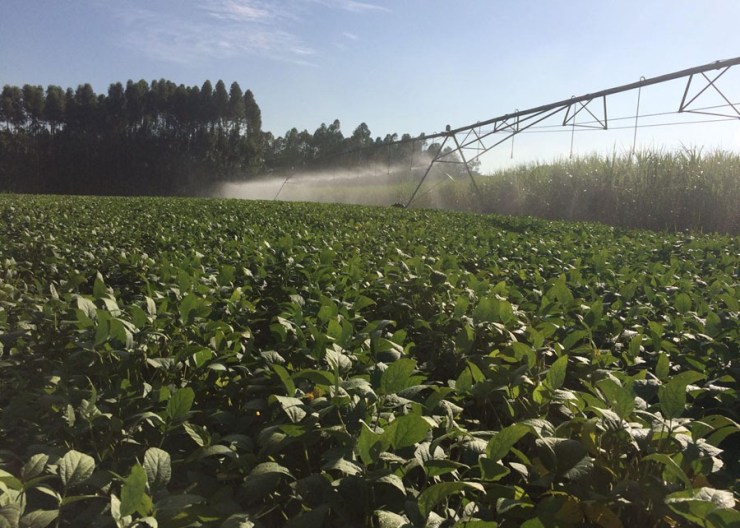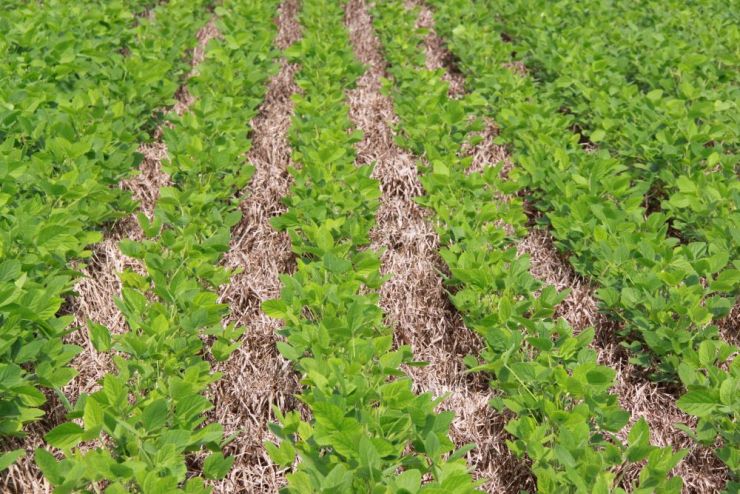The USDA increased soybean crushing in Argentina and China in its March report. Abiove revised the figures for the domestic balance of soybean oil, with an increase in final stocks for the 2024/25 harvest compared to the initial projection. Indonesia announced an increase in the export rate of palm oil, between 4.5% and 10%.

Photo: Disclosure/OPR Archive
In its March report, the USDA increased Argentina's crushing estimate for the 2024/25 harvest by 1 MM t, to 42 MM t. For China, the agency increased crushing by 2 MM t, from 103 to 105 MM t. As a result, there was an increase in the global supply of soybean meal and oil and, similarly, an increase in final stocks, with a greater impact on oil, which increased by 1 MM t compared to the February publication, which went from 5.1 to 6.1 MM t.
Abiove's new projections show an increase of 129.5% in the final stock of soybean oil for the 2024/25 harvest. Abiove now projects stocks at 516 thousand tons, compared to 225 thousand tons in February, with the postponement of B15 being the main factor for the change. Likewise, soybean oil consumption was revised from 10.5 to 10.1 MM tons. The agency maintained crushing at 57.5 MM tons, as well as soybean meal and oil production, projected at 44.1 and 11.4 MM tons, respectively.
Indonesia’s new export tax on palm oil will range from 4.5% to 10% on the benchmark price of crude palm oil. Previously, the range was 3% to 7.5%. The measure is intended to finance the mandatory increase in palm oil in biodiesel, rising from 35% to 40% in 2024, and potentially reaching 50% by 2026. The country also plans to blend 3% of vegetable oil into jet fuel starting next year. This increase in demand could keep vegetable oil prices, including soybean oil, high due to correlation in the international market.





